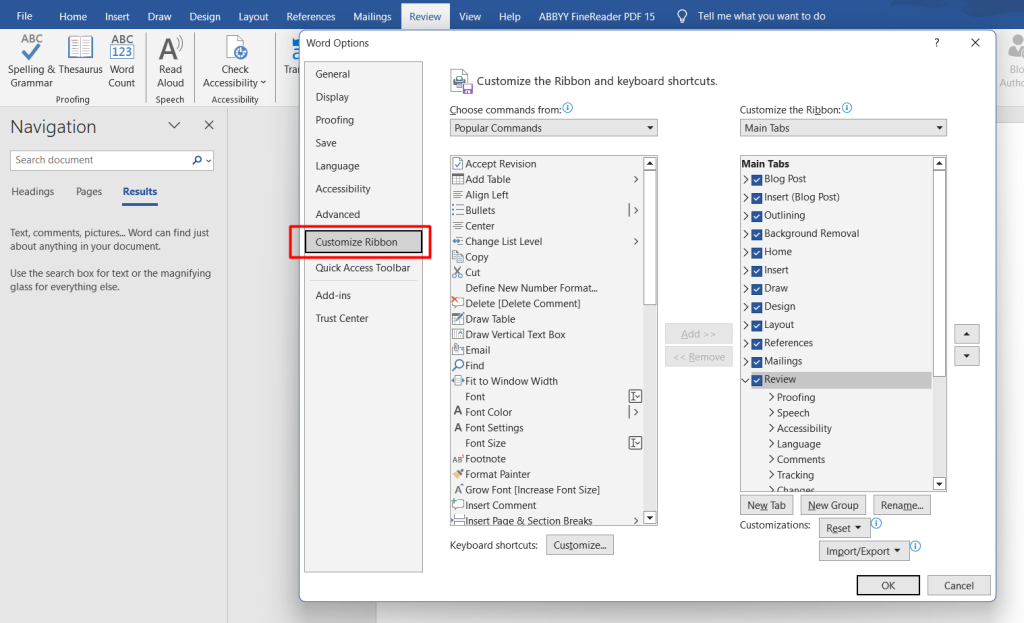Creating dynamic drop-down lists with dependent choices is a powerful way to enhance the functionality and interactivity of your documents in Microsoft Word. Whether you are designing a form, survey, or any other document that requires users to select options from a list based on previous selections, XML can be used to achieve this. In this guide, we will explore the steps to create a drop-down list with dependent choices using XML in Microsoft Word, empowering you to create dynamic and customized document templates.
Using XML (Extensible Markup Language) in Microsoft Word allows you to define the structure and content of your documents, making it possible to create interactive elements such as dependent drop-down lists. By defining the relationship between different lists and their choices, you can ensure that users can only select appropriate options based on their previous selections. This guide will walk you through the process of creating drop-down lists with dependent choices using XML in Word.
Step 1: Open Microsoft Word and Create a New Document:
Launch Microsoft Word on your computer and open a new document. This will serve as the template where we will create the drop-down list.
Step 2: Enable the Developer Tab:
To access the advanced features required for creating a drop-down list with dependent choices, we need to enable the Developer tab. Click on “File”, select “Options”, and then choose “Customize Ribbon”. Check the box for “Developer” in the right-hand pane and click “OK”.

Step 3: Design the XML Structure:
Click on the newly enabled “Developer” tab in the menu bar. Select “XML Mapping Pane” from the “XML” section. In the XML Mapping Pane, click on “Custom XML Part” and then choose “Add”.
Step 4: Import or Create the XML Data Source:
You have two options here. Either import an existing XML data source by clicking on “Import” and selecting the XML file, or create a new XML data source by clicking on “Create”. Define the structure and data for the drop-down list options in the XML Editor.
Step 5: Define Named Containers:
In the XML Mapping Pane, select the XML nodes that correspond to the items in the drop-down list. Right-click on the selected nodes and choose “Insert Content Control”. This will create named containers for the drop-down list and its dependent choices.
Step 6: Link the Named Containers:
Right-click on the drop-down list named container and choose “Properties”. In the “Content Control Properties” dialog box, click on “XML Mapping”. Select the specific XML element that contains the options for the drop-down list.
Step 7: Add Conditional Statements:
To create dependent choices based on the selected option in the drop-down list, add conditional statements to the XML source. This will allow specific choices to be shown or hidden based on the selected option.
Step 8: Restrict Editing:
To prevent accidental changes to the drop-down list and its dependent choices, you can restrict editing in Word. Go to the “Developer” tab, click on “Restrict Editing”, and select the desired restrictions for your document.
Step 9: Test the Drop-down List:
Save the document with the XML mapping and conditional statements. Try entering data and selecting different options from the drop-down list to verify that the dependent choices are working as intended.
Step 10: Share and Distribute the Document:
Once you have created the drop-down list with dependent choices, share the document with others who will benefit from its organized and dynamic data entry. Collaborators can fill in the drop-down list and make selections based on the dependent choices.
Conclusion:
By following these step-by-step instructions, you can easily create a drop-down list with dependent choices using XML in Microsoft Word. Harness the power of organized and dynamic data input to streamline your workflow and enhance collaboration. Start applying this technique in your Word documents for improved data management and efficiency.
Get the best deal on Microsoft Office with the lowest price available on our website.


